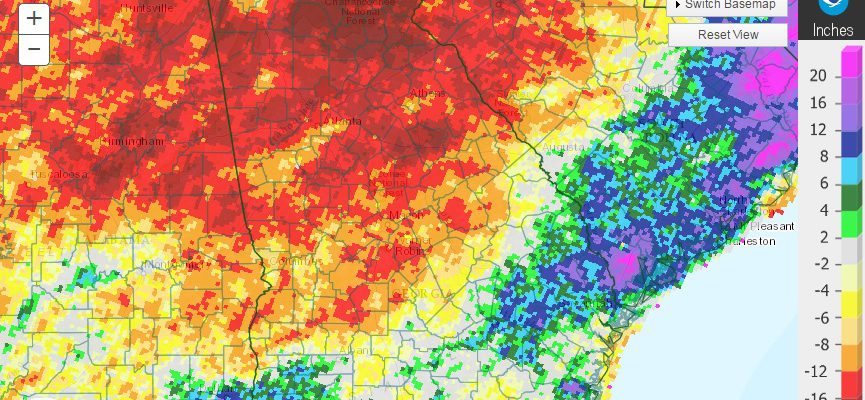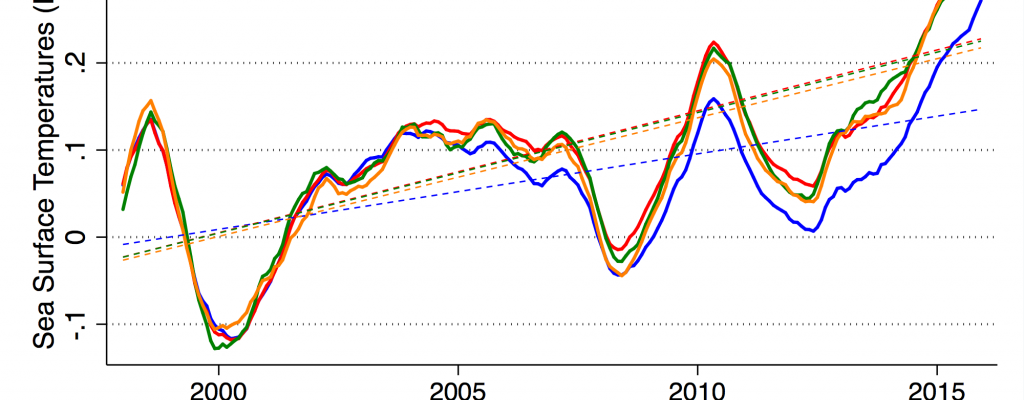Uncategorized
-

Today is Groundhog Day (or Candlemas Day, depending on which calendar you use). News outlets across the US are reporting on whether we are going to have six more weeks of winter or if spring will come early based on the shadow of a marmot. All while the flowering plum trees here in Athens in…
-

Earlier in January I was fortunate to see “Hidden Figures”, a movie about brilliant African-American women mathematicians who helped NASA successfully launch astronauts into space. If you haven’t seen it yet, you should, and take your kids with you. This week Dr. Marshall Shepherd discusses some of the hidden women in atmospheric sciences in his…
-

The CoCoRaHS blog this week has a good description of how recent rains in California have affected the drought there. While northern California is now drought-free, southern California is still in drought, with a few areas even still in exceptional drought. You can read the blog at https://cocorahs.blogspot.com/2017/01/no-such-thing-as-free-lunch.html.
-

Meteorologists use Doppler radar to track precipitation across the country. It provides not only information about falling rain and snow, but also a sense of the direction of the winds, which can help provide information about potential severe weather such as tornadoes. But Doppler radar can also track other things in the sky, such as…
-

The National Centers for Environmental Information produced a summary of all of the billion dollar weather disasters that have affected the US in 2016, including Hurricane Matthew and the forest fires in the Southeast this year. You can read about all of the other disasters that happened this year at https://www.ncdc.noaa.gov/billions/.
-

The end of the year has come and gone and now we are both looking back to the past and looking ahead to what will happen in the next growing season. I want to take a few minutes to highlight the last year’s climate and to look forward to the next year. NOAA will publish…
-

Recent research in Science Advances by University of California-Berkeley has confirmed what NOAA scientists reported in 2015: there was no pause in global warming during the period when most media skeptics were talking about the end of the warming curve. The scientists looked at methods for correcting climate data to account for changes in instrumentation,…